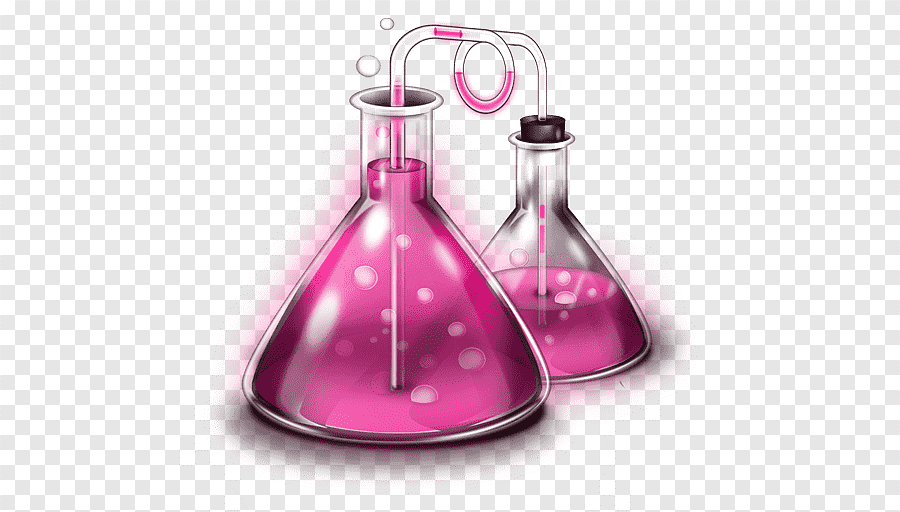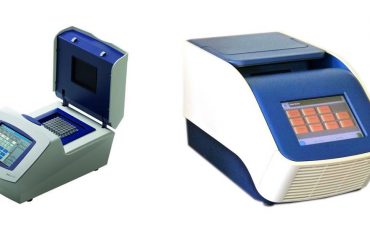Importance of Calibration in Equipment
When we talk about calibration with regard to lab or medical equipment, it has to do with the accuracy and quality of the measurements taken using that equipment or instrument. Calibration is verifying the readings of an instrument so that it matches with that of a standard. As time progresses there is a possibility for the equipment to show altered results that may not be accurate and hence it is always essential to maintain calibration throughout the lifetime of such equipment for reliable, accurate and repeatable measurements. Especially for manufacturers, calibration is the best way to control all the variables of the processes, to guarantee the quality of their products, to safeguard their brand credibility and also to offer all the security that the current market demands.
Calibration finds its application in diverse areas from the weather to the medical field, from the automotive industry to agriculture, where ever obtaining accurate measurements is crucial to making decisions and performing tasks. The goal of calibration is to quantify and control errors or uncertainties within the measurement processes to an acceptable level. Accurate and reliable data is what can help us make the required analysis that results in important decisions. A company’s competitive edge is at stake if the production processes aren’t improved on a timely basis by avoiding excess costs.
Every lab should have properly calibrated equipment in order to obtain the various certifications, approvals or to pass the numerous audits that in some sectors are essential to continue with their activity. Maintaining certification through calibration will ensure that a laboratory can consistently perform requested analyses. Some of the main reasons for the alteration of the function of the lab equipment are wear, humidity, temperature changes and mechanical stress because of exhaustive use.
Some of the major benefits of calibrating the equipment include saving money as this can reduce errors that can get costly in the long run, calibration improves safety especially in certain labs where equipment can be dangerous if not handled with care, calibration helps with getting certified in some industries and calibration can keep the instruments working longer as with time the accuracy of any measuring device can go down. Calibration of equipment becomes necessary after events like a power-cut, or if there have been some accidents or if knocked, moved or bumped, or when the measurements don’t feel correct in some analysis or research or when instructed by the manufacturer.
As for the scientific definition, calibration is the act which determines the functional relationship between measured values and analytical quantities. The two main ways of calibrating an instrument are the working curve method and the standard addition method. For calibrating any equipment, it is the accuracy and the precision that needs to be adjusted. Precision is how close measurements are to each other whereas accuracy is how close measurements are to the true value. By ensuring that the accuracy and precision is correctly adjusted, the bias in readings of an instrument can be completely reduced or eliminated
For enquiries and booking orders, call 9400630000, Whatsapp – 9447771361 or send an
email to MediTvm@gmail.com
Visit www.Medihouse.org for more details




